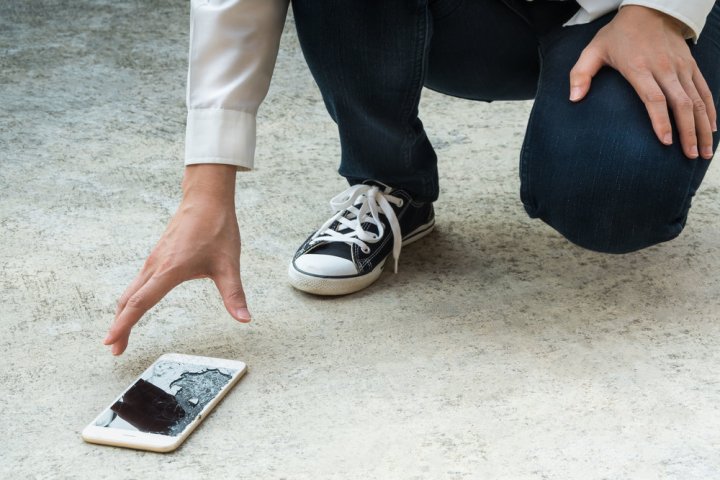
Apple announced recently that it will launch a pilot program to provide certain repair companies with access to the highly specialized calibration machine that’s used to fix iPhones. The news was shared by ComputerCare, one of three companies included in the initial rollout. Now, it seems Apple has plans to greatly expand distribution by the end of the year.
Apple expects to have the machine in the hands of about 400 authorized partners in 25 countries before 2018, Reuters reports. The article mentions that Best Buy locations in Minneapolis, Miami, and Sunnyvale, California, have already received theirs.
“We’ve been on a quest to expand our reach,” Brian Naumann, Apple’s senior director of service operations, told Reuters. Customers are facing increasingly longer wait times for service at its own retail locations, but the company has a network of nearly 5,000 approved repair providers around the world.
According to ComputerCare, use of the machine allows a third-part company to conduct iPhone repairs entirely on site. In the past, it was necessary to send repaired devices back to Apple for final testing. The calibration process reportedly only takes 15 minutes, but is deemed necessary by Apple to ensure the product’s touchscreen functionality still meets the manufacturer’s standards.
ComputerCare says access to the proprietary machine should “dramatically reduce turnaround times” for its customers, while offering the same level of service they’d expect from Apple’s own technicians.
This initiative follows months of lobbying by the iPhone maker against “right to repair” bills proposed by lawmakers in 12 states — the most recent being New Jersey. The legislation varies from state to state, but the basic premise is that tech firms must provide customers and third-party repair shops with access to manuals and parts sufficient to permit repair by those third-party shops, should they request them.

While the launch of this pilot program may make it appear as though Apple has buckled somewhat in the fight against right to repair, the company has recently stepped up its efforts tom oppose such legislation in New York, alongside other firms like Verizon, Toyota, and electronics insurer Asurion.
At best, this week’s announcements mean Apple is considering, to some degree, opening up the means to fix and maintain its devices. Motherboard published a photo of the rarely seen machine back in March, and said the equipment is particularly important because it’s required to pair new Touch ID fingerprint scanners with existing iPhones.
Apple reportedly began using the contraption with the release of the iPhone back in 2013 — though ComputerCare says the machines companies will receive support every model in the range from the 6S onward.
Editors' Recommendations
- This one Apple Fitness feature completely changed how I exercise
- An Apple insider just revealed how iOS 18’s AI features will work
- iPhone 16: news, rumored price, release date, and more
- iPhone SE 4: news, rumored price, release date, and more
- 3 reasons why I’ll actually use Anker’s new iPhone power bank


